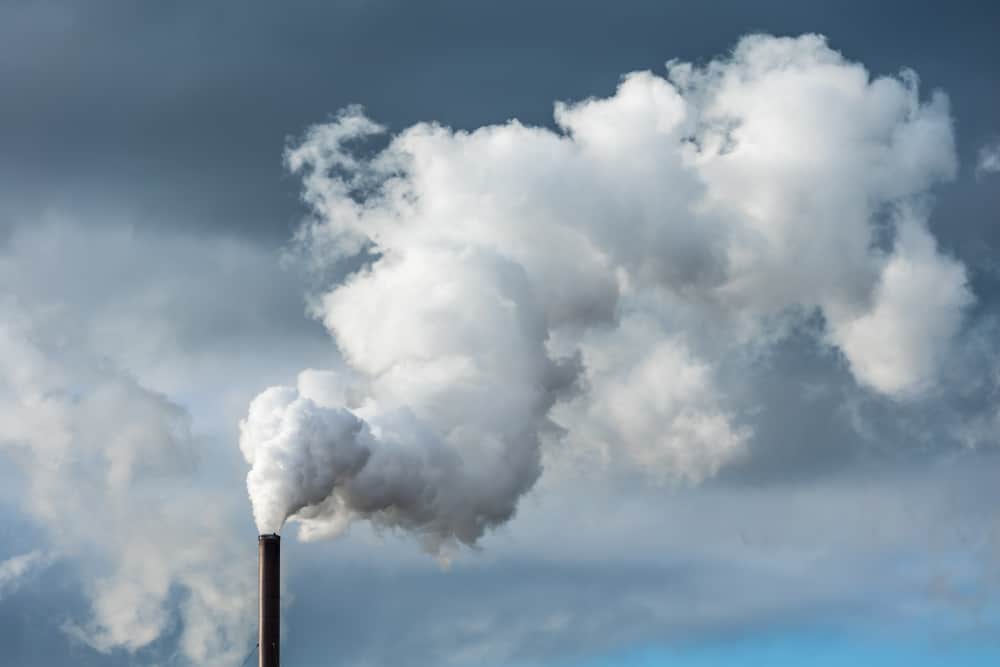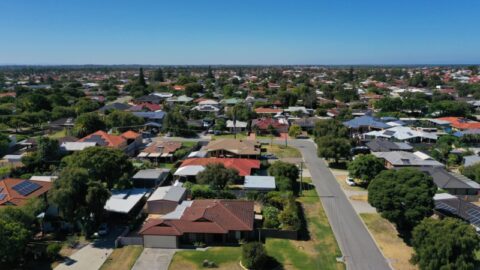The Federal Government has released its March 2019 Quarterly Update of Australia’s National Greenhouse Gas Inventory, which details that emissions fell 0.4 per cent during the first quarter of 2019 on a seasonally adjusted and weather normalised basis, primarily due to decreased emissions from diesel and petrol consumption and livestock.
Emissions from January–March 2019 are up 0.6 per cent or 3.1 Mt CO2-e on the previous year. This increase is reflected by a 4.7 Mt CO2-e increase in LNG production related emissions, as LNG exports increased 18.8 per cent. Absent the increase in LNG exports, emissions would have declined 0.3 per cent or 1.6 Mt CO2-e.
The report includes a special topic on natural gas, covering the role gas plays in the transition to cleaner, more efficient energy systems.
Recent CSIRO research has found that substituting gas for coal in electricity generation produces a substantial greenhouse gas emissions saving of up to 50 per cent. Where flexible gas generation is used to ‘firm’ variable renewable energy sources like solar and wind, the emissions intensity of electricity generation is even lower.
Australia’s LNG exports for the year to March 2019 are estimated to be worth $47.8 billion and have the potential to reduce global emissions by up to 152 Mt CO2-e, or up to 28 per cent of Australia’s annual emissions.
Emissions from electricity generation, Australia’s largest source of emissions, fell 2.1 per cent or 3.8 Mt CO2-e over the year to March 2019, as the share of electricity sourced from renewables continues to grow.
The report shows emissions per capita and the emissions intensity of the economy continue to fall and are at their lowest levels in nearly three decades.
In the year to March 2019, emissions per capita have fallen 40.1 per cent since 1990, while the emissions intensity of the economy has fallen 62.4 per cent.
Australia’s emissions are also 14 per cent below the peak recorded in the year to June 2007 and 11.7 per cent below emissions in 2005 (the baseline year for the Paris Agreement).
Download the report here.
















